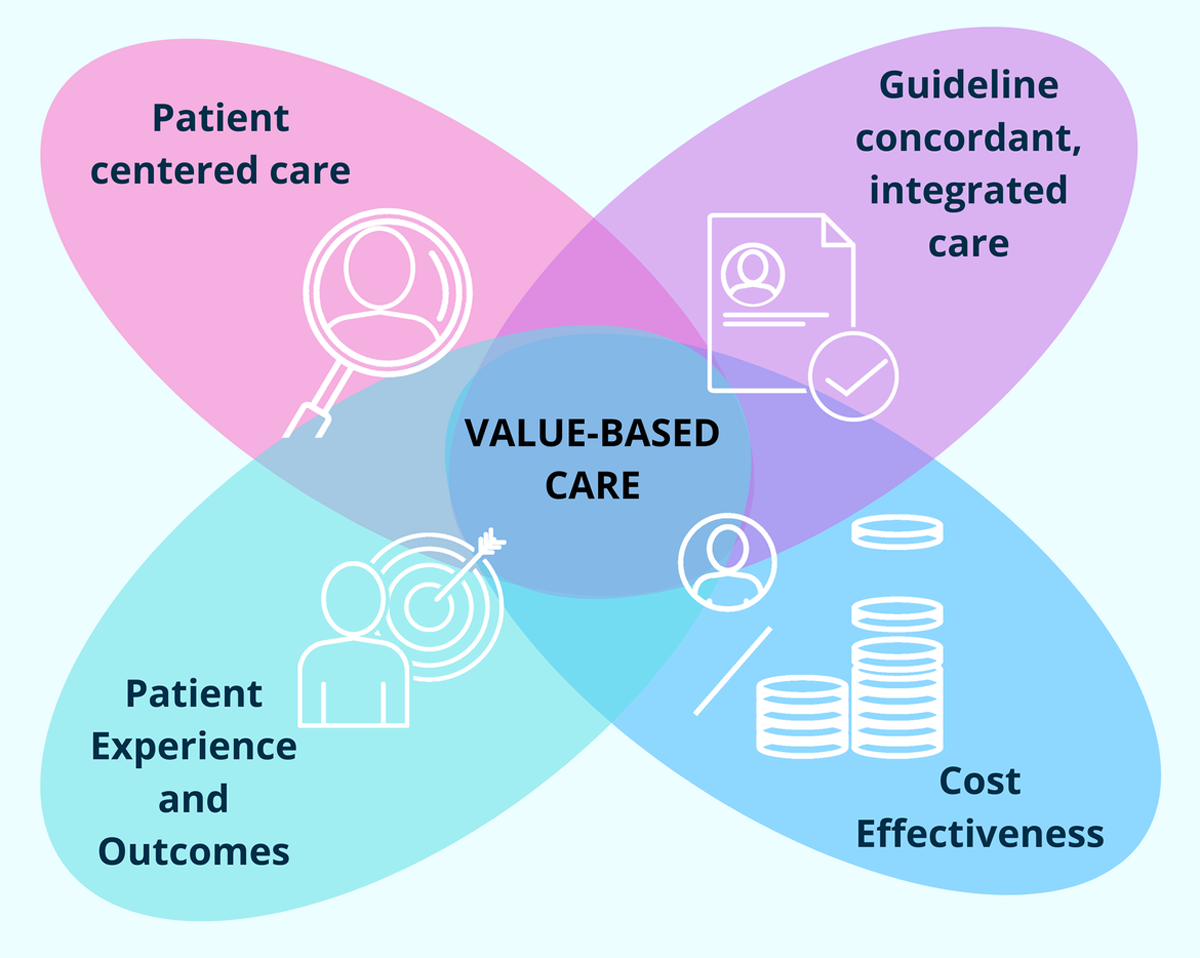Return to Work a Bumpy Road: A Qualitative Study on Experiences of Work Ability and Work Situation in Individuals with Chronic Whiplash-associated Disorders
Return to Work a Bumpy Road: A Qualitative Study on Experiences of Work Ability and Work Situation in Individuals with Chronic Whiplash-associated Disorders
SOURCE: BMC Public Health 2021 (Apr 23); 21 (1): 785
| OPEN ACCESS |
A Peolsson, A Hermansen, G Peterson, E Nilsing Strid
Department of Health, Medicine and Caring Sciences,
Unit of Physiotherapy,
Linköping University,
Linköping, Sweden.
Background: Work resumption is a big challenge in the rehabilitation process for individuals with whiplash-associated disorders (WAD). To better meet the needs of individuals with WAD in their return to work process, more knowledge on their experiences and perspectives is needed. The aim of this study was to explore the experiences of work ability and the work situation of individuals who participated in a neck-specific exercise programme for chronic WAD.
Methods: This qualitative study has an exploratory and descriptive design based on data collected through open-ended interviews with 17 individuals with chronic WAD. Data were analysed inductively using conventional content analysis.
Results: Analysis of the data yielded the following five categories related to the participants’ narratives on their experiences of work ability and their work situation: Return to work – a process of setbacks and bureaucracy; The need to be understood by health care professionals, and to receive a treatment plan; Individual resources are important for work ability; The consequences of reduced work ability; and Working conditions are important for work ability.
There are more articles like this @ our:
WHIPLASH Section






